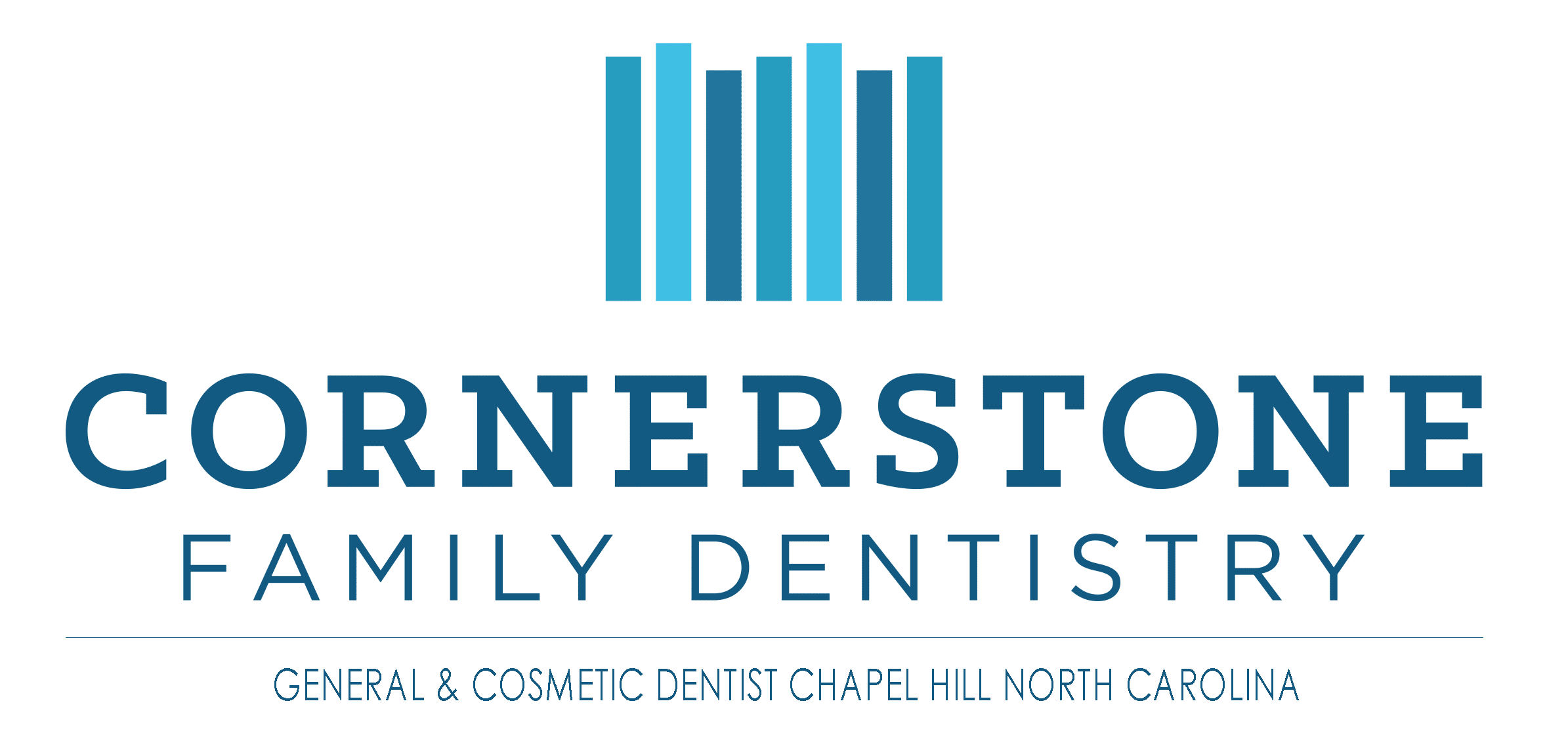What is Scale and Root Planing?
Scaling and Root Planing
Dental scaling is a procedure which is commonly used to treat gum disease and help remove excess plaque. A routine cleaning is effective in cleaning the surface of the tooth, but scaling can go much deeper. Below is a summary of the scaling and root planing procedure.
Procedure
A common treatment for gum disease is scaling and root planing. This is a deep cleaning which goes below the gumline to remove accumulated plaque. Another term used for scaling and root planing is a deep cleaning which differs from the professional cleaning patients receive during a routine visit to the dentist.
It is normal for plaque to build up on the teeth over time. Things such as saliva, bacteria, and proteins form a thin layer over the teeth. After we eat, tiny food particles, acids, and sugars stick to this film, creating plaque. When plaque is not properly removed it can cause issues such as gum disease and decay. The best way to prevent the buildup of plaque is by practicing good oral hygiene. This includes brushing the teeth at least twice each day, daily flossing, and routine dental visits which include a professional cleaning.
When the gums are healthy, the tissue fits tight around the teeth. This aids in preventing plaque from accumulating. Over time, plaque will continue to accumulate and can result in gum disease. This can ultimately cause the gum tissue to become loose. One side effect of gum disease is the formatting of deep pockets between the teeth and gums. These pockets are increasingly susceptible to plaque.
Scaling and root planing is typically recommended for patients who have pockets of 4 millimeters or deeper. The procedure works by removing plaque below the gumline. Once the plaque is removed, the gum tissue will heal and the pockets will be reduced. The procedure aids in the treatment of gum disease.
Scaling Methods
There are two different methods dental professionals use for scaling the teeth. If the dentist opts to use handheld instruments, a dental scaler carefully scrapes plaque away from the tooth. The scaler is a thin tool which is carefully inserted below the gum line in order to access the plaque.
An ultrasonic instrument can also be used for scaling. This tool has a vibrating metal tip in addition to a cool water spray. During the procedure, tartar is chipped away as the water effectively flushes out the deep pockets.
Root Planing
Root planing is often completed after the dental scaling. This procedure reaches deep below the gums to clean the tooth’s root. Root planing smooths out the surface of the roots and allows the gums to properly reattach.
Recovery
Immediately after scaling and root planing, it is common for the mouth to feel sore and sensitive. Patients may also experience swelling or bleeding in the initial days while their mouth heals. A desensitizing toothpaste may be recommended during the recovery period. Patients may also receive a prescription mouthwash to keep the gums clean. Good oral hygiene is critical to prevent additional accumulation of plaque after treatment.
Follow-up Appointment
A follow-up appointment will be scheduled where the dental professional will examine the gums, take measurements of the pocket depths, and make sure the mouth is healing properly. Additional treatment may be needed in some cases if the mouth does not heal as expected.
Call today to schedule an appointment and determine if you may be a good candidate for scaling and root planing. The procedure is highly effective in restoring a patient’s oral health.
